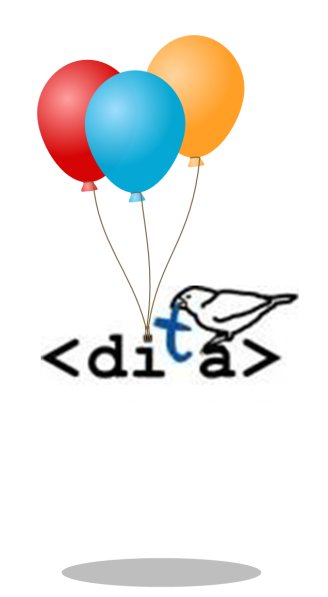
Lightweight DITA doesn’t have a logo yet. The technical committee is welcome to use this one.
If you’ve taken one of my DITA classes, you’ve heard me extol the power of DITA. One aspect of that power is semantic tagging. In DITA, a piece of content isn’t boldface or italics. It’s a command name. Or it’s a citation to another document. Or it’s the name of a screen (a wintitle, in DITA parlance).
That’s a big selling point for DITA, you probably heard me say. Each DITA element represents what a thing is (hence the term semantic) rather than how it looks. Just think: you can take a big document and generate a list of all the command names, or all the screen names. You can’t do that when you’re just tagging things as boldface and italics.
Turns out there are a couple of problems.
- First, I’ve never met anyone who wanted to generate a list of all the command names, or all the screen names. While it sounds good in theory, in practice it’s more like a solution in search of a problem.
- Second, it’s a lot to remember. When is a command parameter a parameter? When is it an option? (DITA has tags for both.) Writers working side by side, writing content for the same help system, might tag the same object in different ways.
Just now, in fact, as I wrote this article, I couldn’t remember the name of the tag for citations. Even though I’m accustomed to using it, I couldn’t retrieve <cite> from my brain. I had to look it up.
Enter Lightweight DITA. Continue reading



